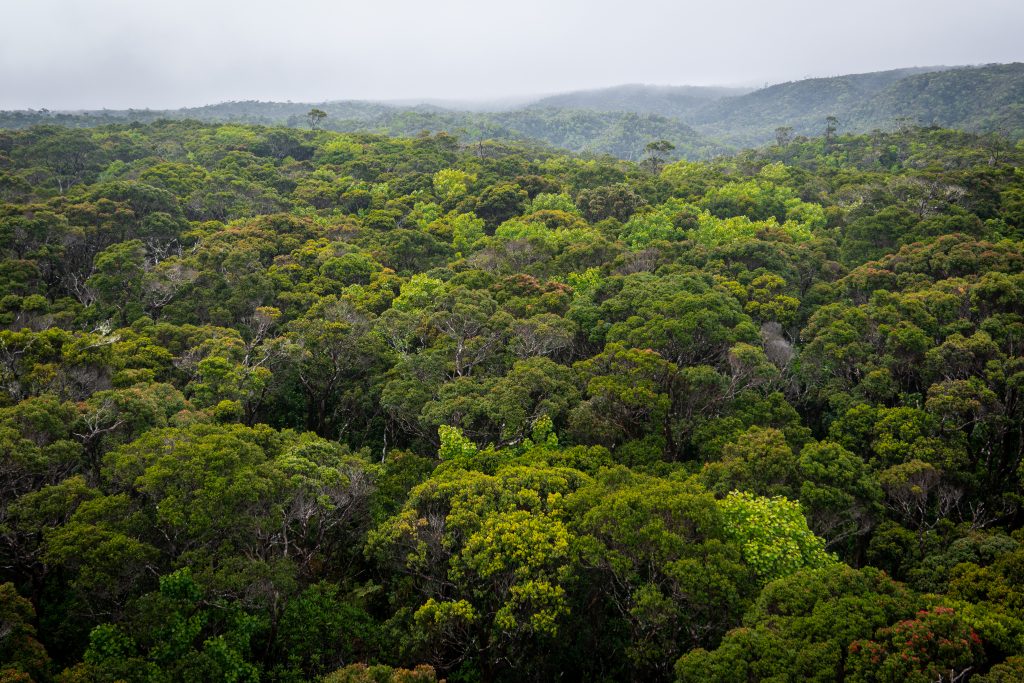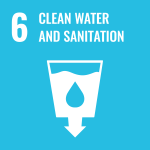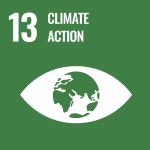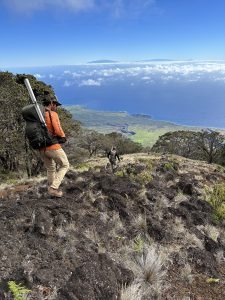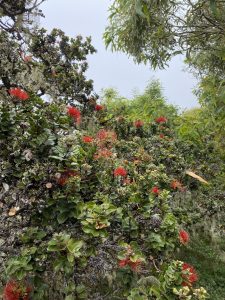Forest Carbon Projects
OLA HOU – RESTORING NATIVE HAWAIIAN FORESTS
The Forestry Program at the Division of Forestry and Wildlife is committed to reducing carbon in our atmosphere through nature-based solutions.
“Nature-based solutions are actions to protect, sustainably manage, or restore natural ecosystems, that address societal challenges such as climate change, human health, food and water security, and disaster risk reduction effectively and adaptively, simultaneously providing human well-being and biodiversity benefits.” (World Bank)
Quick Links
Forests & Carbon Project Overview Kahikinui and Nakula Project Activities Resources Carbon FAQs Public Comment
Forests & Carbon
The more robust, healthy, and dynamic a forest is, the more it is capable of absorbing carbon from the atmosphere. High-integrity forest carbon projects address climate change by increasing the number of native trees established on a site. These projects can also provide additional ecological, social, and economic benefits (often termed “co-benefits”) in the project area.
In Hawaiʻi, replenishing and restoring native plants and trees in forests aligns with a statewide vision to move toward a more resilient and healthy forested landscape. The Ola Hou Forest Carbon Project generates carbon credits by restoring trees in native forests that have been cleared and/or severely degraded.
The Ola Hou project also seeks recognition for its Climate, Community and Biodiversity (CCB) credentials using Verra’s standard, which recognizes the project benefits beyond carbon. From a global perspective, Hawaiʻi’s native forests contain a unique array of species found nowhere else on the planet. You can read more about the CCB tool here.
Life in Hawaiʻi is directly linked to the health of our forests.
As native forests are restored, carbon dioxide is removed from the atmosphere by the growth of new trees. These carbon dioxide removals attributed to the Ola Hou project, will be quantified using a rigorous process established by Verra’s Verified Carbon Standard (VCS) and methodology. The state will measure changes in carbon stocks in the project area using field-based measurements and remotely-sense imagery. The changes will then be compared to changes on similar lands where carbon financing is not available. The carbon removals are verified by a third-party auditor to confirm the validity of those estimates. Once the audit is completed, the State will own the rights to carbon credits equivalent to the metric tons of carbon dioxide removed from the atmosphere by the new trees and will be able to sell those credits to entities that want to offset their own emissions. Ongoing monitoring, verification, and administration are required to register additional credits attributed to the project’s climate benefits during the project lifetime.
Project Overview
Ola Hou is translated into the words “new life” in Hawaiian. The project area is nearly 400 acres of land in the Leeward Haleakalā region of East Maui. Initiated in 2015, it is the State’s first venture into the development of carbon credits from forest restoration activities. The project is an opportunity to explore how forest-based carbon credits can be an additional tool to support native forest restoration in Hawaiʻi. The project is under development on the Verra Registry.
- Project Status: Verra Registry – Pending
- Location: Kahikinui and Nakula, East Maui, Hawaiʻi
- Size: Approx 390 acres
- Project Type: Grouped* afforestation/reforestation
*Grouped projects allow the addition of future areas over time - Project lifetime: 2015-2055
As noted, this project has many co-benefits and aligns with several United Nations (UN) Sustainable Development Goals and Hawaiʻi Aloha+ Challenge goals:
Hawaii Aloha+ Challenge Goals:
- Natural Resource Management
- Green Workforce & Education
Kahikinui and Nakula
- PC: Forest Solutions Inc.
- PC: Forest Solutions Inc.
The Ola Hou project is located within the Nakula Natural Area Reserve and Kahikinui Forest Reserve on the Leeward slopes of Haleakalā, East Maui.
The mauka region of this area was once dominated by a pristine, native forest of koa and ʻōhiʻa dominant canopy. This forest type provides important habitat for over 300 federally listed critically endangered or endangered species such as the endemic kiwikiu (Maui Parrotbill) and ʻōpeʻapeʻa (Hawaiian Hoary Bat).
Much of the original native forest was lost due to uncontrolled grazing by feral ungulates. This project supports the restoration and management activities in Nakula Natural Area Reserve and Kahikinui Forest Reserve to restore and protect our native species.
Project Activities
To date, the following activities have occurred:
- Construction of 9.9 miles of ungulate-proof fencing
- Removal of 712 ungulates
- Creation of 50 acres of fire breaks
- Planting of over 250,000 native seedlings
- An initial inventory has been conducted.
- Partners and stakeholder communication has occurred through various means including the management planning process and associated presentations.
- Terra Carbon has been retained to assist with the development of the technical elements of the project’s development.
- Forest Solutions has been retained to assist with field inventory.
- Aster Global has been retained as a third party for the verifier.
Forestry & Wildlife and partners continue to plant native seedlings, conduct invasive species removal, check fence lines, and maintain over 7.3 miles of firebreak.
What’s next?
- As the third-party verifier, Aster Global, will visit the project site in 2024.
- Project documentation will be validated in 2024.
- Project monitoring will be verified sometime thereafter.
- New project areas could be added in the future.
Benefits of Forest Carbon Projects
- Climate resilience: Carbon sequestration and storage.
- Native flora and fauna: Restoration of native habitat will help protect native species and increase biodiversity.
- Freshwater: Increased water retention/filtration.
- Soil Stabilization and improvement: Plants stabilize soil and prevent aeolian erosion. Plants also improve soil health by bringing nutrients and moisture to the soil.
- Inland waters: Reduced soil erosion in the uplands results in cleaner waters downstream and in the nearshore waters, which is important for coral and marine habitats.
- Community/Culture: Protection and restoration of natural resources bring jobs to Maui. In addition, restoring native forest systems supports cultural practices that depend on forest resources.
- Economics: Expansion of green jobs in carbon, diversification of economy, and growth of ecotourism
Resources
- Request for Proposals for the Selection of Forest Carbon Standard (CLOSED)
- Map of Kahikinui/Nakula Forest Carbon Project Area
- Nakula Natural Area Reserve Webpage
- Nakula Natural Area Reserve Management Plan
- 2019 Nakula Natural Area Reserve Tech Report
- Kahikinui Forest Reserve webpage
- Kahikinui Forest Reserve Management Plan
Verra
- Verra Registry project listing
- Project Documentation is open for public comment until early June 2024
- Project Documentation is reopened for public comment until June 08 2025
- Under Verified Carbon Standard or Community, Climate, and Biodiversity, search for the project using ID: 2321
Carbon FAQs
What is carbon sequestration?
Carbon sequestration or storage is the long-term absorption and storage of atmospheric carbon dioxide. It is one of the many vital goods and services provided by Hawaii’s ecosystems. Examples of other ecosystem services are freshwater purification and replenishment, soil protection, biodiversity protection, recreational experiences, and reef protection.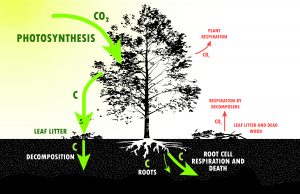
What is a carbon credit?
One carbon credit represents one metric ton of carbon dioxide an entity is allowed to emit.
What is the voluntary carbon market?
Click here to learn more https://planning.hawaii.gov/sustainability/carbon-offset-program/ (see Voluntary Carbon Market Standards)
What methodology and registry are being used for the project?
The project uses the Afforestation, Reforestation, Revegetation Methodology (VM0047) under Verra’s Verified Carbon Standard v4.5 and the Community, Climate & Biodiversity Standards v3.1. Verra is a global leader in standards setting in the field of sustainability.
TerraCarbon and Forest Solutions are assisting in project development.


